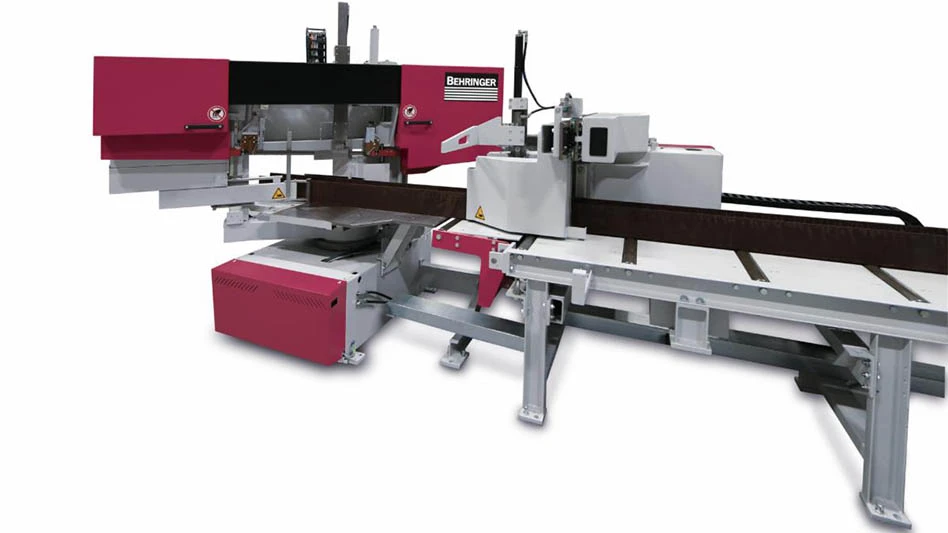 Designed and developed by Ph.D. candidate Helene Jones, the dibber is a handheld laminating tool for use in the layup of advanced composite components.
Designed and developed by Ph.D. candidate Helene Jones, the dibber is a handheld laminating tool for use in the layup of advanced composite components.
Processing aids and tools play an important part in the layup of composite reinforcements to complex geometries. However, despite being frequently used by many industries, no in-depth study of these tools or how they are developed and applied has ever been carried out.
Jones, in the second year of her Ph.D. in the Department of Aerospace Engineering at the University of Bristol, United Kingdom, has been exploring existing design in the manual layup of composite components as part of her doctoral project.
By working closely with experienced laminators, Jones identified the relationship between the workers and their tools. She used this information to develop a series of prototypes, and then a final design and build using a colorless organic thermoplastic polymer, polyether ether ketone (PEEK), to create the dibber.
The new tool, using the key attributes of comfort, geometry matching, and force application as a design guide throughout, allows for a range of geometries and forming techniques. Early trial results with experienced commercial laminators suggested that the dibber can be used to drastically reduce time in a layup without negatively impacting finished quality. The dibber could also allow for a more standardized process in design and manufacture, especially if it is incorporated into training, which could reduce costs and improve production rates.
Jones says, “Lamination is a highly skilled manual technique. It was important to understand why laminators create and use the tools they do. A standardized lamination process will be more successful if it is based on the needs of individual workers, the design, and the process of manufacture. This could lead to a more integrated design for manufacture and in skills training.”
Recently, 200 dibbers were produced using injection molded acrylonitrile-butadiene-styrene (ABS), and examples were distributed at an engineering trade show by the Centre for Innovative Manufacturing in Composites (CIMComp). Feedback from companies that have used the dibbers has been positive, and the dibber also has had collaborative use in training demonstrations at the National Composites Centre (NCC).
Paul Shakspeare, head of training at the NCC says, “The benefits of working with the dibber are that trainees can quickly adopt consistent methods during courses with the specifically designed tool. This early competence is then able to be translated into the workplace using the same tool and techniques.”
Department of Aerospace Engineering, University of Bristol
www.bristol.ac.uk/engineering/departments/aerospace

Explore the January February 2015 Issue
Check out more from this issue and find your next story to read.
Latest from Aerospace Manufacturing and Design
- Malaysia Aviation Group orders 20 more Airbus A330neo widebodies
- More displacement from space-tested piezo actuators
- Textron Aviation to bring its largest-ever lineup to 2025 EAA AirVenture
- Qualified materials for 3D-printing mission-critical applications
- #69 Manufacturing Matters - Shopfloor Connectivity Roundtable with Renishaw and SMW Autoblok
- Demystifying Controlled Unclassified Information (CUI)
- Simplify your shop floor operations while ensuring quality parts
- Happy Independence Day - July 4th





